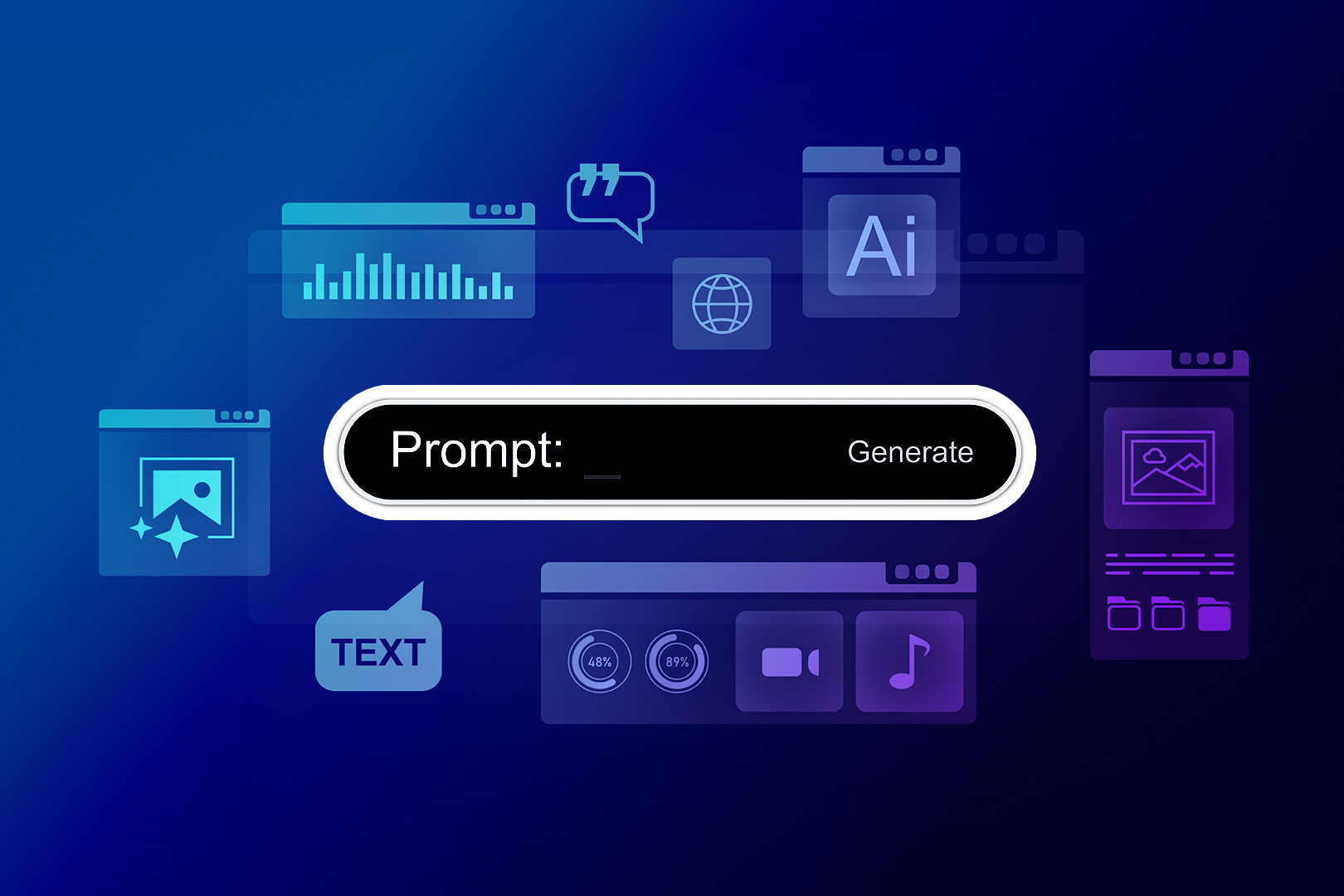
You Don’t Need an Expensive CRM. You Need a Better Sales Process.
You fire up a new CRM, and you’re excited. This is new tech is going to solve all your problems.
But as you dig in, it gets tricky. You play around with the CRM’s features, start building custom workflows that don’t make sense for your strategy, and arrive at an inevitable realization:
The CRM wasn’t your first problem. Your sales process was.
To be sure, a great CRM is helpful. However, if you don’t have a clearly defined sales process, the CRM is merely a temporary solution to a deeper problem. As much as 55% of businesses have lost revenue because they haven’t defined their sales process.
If you don’t have a systematic way to generate, qualify, and follow up with leads, how do you expect a CRM to fix that for you?
In this article, we’ll talk about bridging that gap. Why does it feel like a chaotic mess when you sign up with a new CRM? And how do you move from chaos to clarity if you’re not even sure how to build a sales process in the first place?
Why Small Teams Struggle Learning How to Build a Sales Process
If 55% of businesses lose revenue because they have a poorly defined sales process, that raises a rather philosophical question. Why? If defining your sales process in clear terms is such a boon, why hasn’t everyone done it already?

Simple: too many businesses think in terms of goals, not processes. Founders are busy. They’re thinking about attracting the revenue to support a growing business. They’re happy to make sales based on what works now, then optimize a process later.
But “later” never comes.
This ad hoc sales strategy results in all sorts of problems. First, you don’t label anything, because there’s no system into which you’d sort these labels anyway.
Suddenly, you’ve got 300 untagged leads in your CRM. You don’t remember who goes where. Who’s hot? Who’s cold? The result is that every potential sale in your CRM workflows feels like starting over.
You’re certainly not going to scale this quote-unquote “process” as your company grows.
Another problem is that businesses don’t measure their lost revenues. You can’t build a good sales process if you don’t know where you make your biggest mistakes. As George Deeb writes for Forbes:
“Revenue, and resulting profits therefrom, is often the primary metric that businesses use to measure their success. I would argue there is an even better metric to measure, which is ‘lost revenues.’”
Think about it as if it were plumbing. A good bathroom is one in which the shower drain works and the faucet doesn’t leak. That’s the only kind of bathroom that can scale to more roommates.
Ditto for your business. “The key is figuring out which of these is the exact reason you lost each sale, documenting those reasons in such a way you can build reports to learn from,” says Deeb.
So you don’t need a new CRM straight away. A software revamp won’t cure a process that lacks introspection. You need to define your process before you scale. And the advantage of being small is that you can fix this now. Because if your business is growing, it’s only going to get more complicated.
The Real Problem Isn’t the CRM, It’s Defining Your Process
A shiny new tool like a CRM is fun, especially for founders. But maybe that’s not what you need first.
Maybe you just need a process your business can actually follow.
The problem is that a CRM, even a good one, won’t tell you that. It will do its best with what you feed it. And you don’t want your CRM to be a sad reminder of how messy your sales pipeline is, either. It’s not a fun way to use the shiny new tool.
The irony is that many founders never see this. They might ignore their own messy, complicated, “ad hoc” sales process… then blame the CRM for a poor interface. But the CRM’s job isn’t to invent a solution to your process. It’s to make life easier by running your process by the parameters you set in motion.
Define Your Sales Motion: The Foundation of Every Great Process
So what does a “better” sales process example look like, anyway? And what does it look like when you’re trying to figure out how to build a better sales process from scratch?
First, it means answering some basic questions about your style of business acquisition. What is your typical sales “motion”? Are you mostly inbound? Mostly outbound? A steady mix? Are you a solo founder desperately trying to figure out how to run both?
If you primarily run inbound motion, that changes your priorities. Inbound sales means prioritizing speed. Some reports say you’re 21x as likely to qualify a lead with a faster response time than if you wait 30 minutes. Your leads reached out to you, so they’re warm, but they can go cold in a hurry.
If you primarily run outbound motion, you need to build consistently repeatable processes. Email sequences. Scheduling touchpoints. Building a foundation for persistent follow-ups.
If you’re a young business, you may want to skip this distinction. You think: “I’m desperate for any leads right now. I’m not going to limit myself to one strategy.”
However, once you name your motion, you can build it into a repeatable and scalable sequence. Your CRM should reflect that. Consider Close Sales Playmaker, which provides a process to help you define your basic strategy within minutes. This way, you’re no longer “winging it.” You’re building actionable workflows so you know what step comes next, every single time.
👉 “Not sure where to start? Build your sales process in 5 minutes with the Close Sales Playmaker.”
Build Clarity in 10 Minutes by Defining Your Process
Now, let’s say you fired up the Sales Playmaker and defined your key sales motion. Now it’s time to see the workflows within that motion.
Here’s where we have to slow you down. You do not want to get too detailed here. You don’t want to optimize everything just yet. For example, let’s say you run outbound sales. Do you really need to build a 21-step outbound email sequence with multiple triggers and follow-ups? Maybe you’re still working on getting those first responses. 21 steps is too much.
The reason most founders don’t need the shiny new tools right away is that these tools can create too much busy work. You don’t need weeks of planning here. You just need a basic process:
- Take ten minutes, and grab a pen and a pad. Even a lightweight sales process template that you sketch out on paper is enough at this stage.
- Think about your most recent sales, and ask yourself what happened.
- Sketch a basic outline of how you might repeat that. Keep it simple: is it as simple as lead -> follow-up -> handle objections -> close the sale?
The key is to start small. Resist the temptation to overcomplicate the process and build it to enormous heights. Instead, keep the questions basic. What triggers a contact point with a potential sale? What happens after the call, typically? At what stage, echoing George Deeb’s point from earlier, do you mark the deal “lost”?
Observing what already happens in your sales workflow, even if it’s just 10 minutes of reflection, will start highlighting the points at which you can create a repeatable rhythm.
If you’re still stuck, we recommend starting from a Close Sales Pipeline sales process template. There’s a good chance one of those templates will remind you of your business.
Don’t be afraid of structure at this point. You may feel like your business is too “young” for it. That’s fine. You can keep the structure to two or three basic steps if you need. The key is building a basic structure so you know where things go wrong. Once you spot where the “leaks” in the pipeline are, so to speak, then you’re ready to start optimizing.
After all, you can’t scale a sales process until you draft a process in the first place.
👉 Still lost? Start the Sales Playbook Builder and define your process in just two minutes.
The Close Sales Playmaker: Your Shortcut to a Real Sales System
To be fair, you don’t need to figure everything out by yourself. A CRM should help nudge you in the right direction. Otherwise, why bother with a CRM at all?
If you use the Close Sales Playmaker Builder, you can take a few minutes out of your day and get some of that clarity. You’ll find:
- Ready-to-use workflows you can instantly plug in, especially if they remind you of your existing process.
- CRM optimization tips so you can fix any issues with an overly complicated approach you’d prefer to trim down.
- Pre-built lead stages and pipeline templates so you don’t feel like you’re starting from scratch.
- A custom sales playbook put together for you within a few minutes.
If you’re a founder who’s already tried every CRM and still feel stuck because you don’t have the right sales process in place, it’s not hard to start your workflows on the right foot. You just need a little help.
Not sure where to start? Build your sales process with the Close Sales Playmaker.











